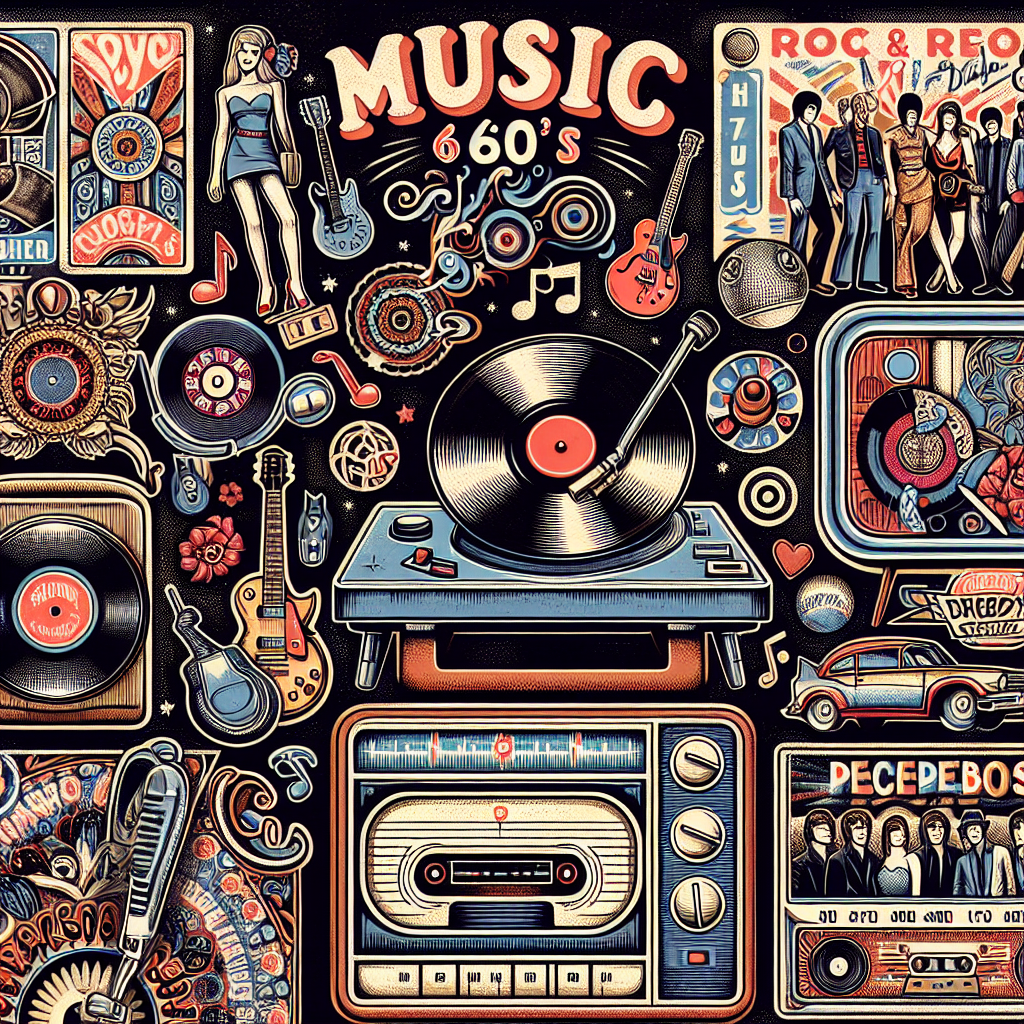The 1960s and 1970s were a time of great change and innovation in the world of music. From Motown to Woodstock, these decades saw a diverse range of musical styles and genres emerge, reflecting the cultural, political, and social upheaval of the times. Music became a powerful tool for expressing dissent, promoting unity, and celebrating diversity.
One of the most influential movements of this era was Motown. Founded in Detroit in 1959 by Berry Gordy Jr., Motown Records quickly became synonymous with soul music. Artists like Marvin Gaye, Diana Ross, Stevie Wonder, and The Temptations dominated the charts with their catchy melodies and smooth vocals. Motown not only revolutionized the sound of popular music but also broke down racial barriers in the industry.
Meanwhile, on the other side of the country, Woodstock was taking place. The iconic music festival held in upstate New York in 1969 brought together over 400,000 people for three days of peace, love, and music. Acts like Jimi Hendrix, Janis Joplin, The Who, and Santana performed legendary sets that defined a generation. Woodstock symbolized the counterculture movement of the 60s and showcased the power of music to unite people from all walks of life.
Music wasn’t just about entertainment during this time – it was also a reflection of the changing culture and politics of the era. Songs like Bob Dylan’s “Blowin’ in the Wind” became anthems for civil rights activists while John Lennon’s “Imagine” inspired a generation to dream of a better world. Musicians weren’t afraid to speak out against war, injustice, or inequality – they used their platform to advocate for change.
Fashion also played a significant role in shaping the identity of musicians during this period. Icons like Jimi Hendrix and Janis Joplin embraced bold colors, psychedelic prints, fringe jackets, bell-bottoms – creating a style that was as rebellious as their music. Their fashion choices reflected their desire to break free from societal norms and express themselves authentically.
Technological advancements also had a profound impact on music during this time. The invention of electric guitars, synthesizers, drum machines revolutionized how songs were composed and produced. Artists experimented with new sounds and recording techniques – pushing boundaries and expanding creative possibilities.
Overall, the 60s and 70s were an incredibly exciting time for music enthusiasts. From Motown to Woodstock – there was something for everyone to enjoy. Whether you were into soul or rock n’ roll or folk – there was no shortage of talent or creativity on display.
In conclusion, the diversity of music during this period is truly remarkable – showcasing how art can transcend boundaries and bring people together in ways that words alone cannot express.


Get involved!
Comments